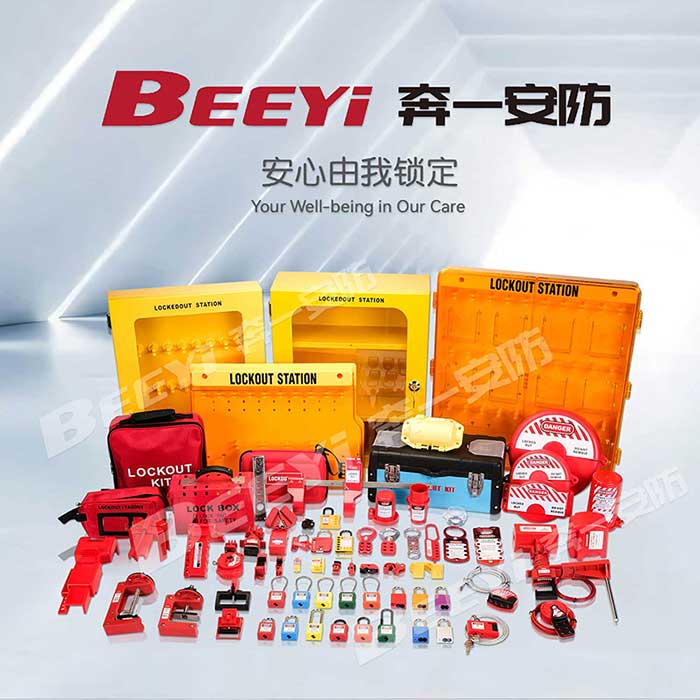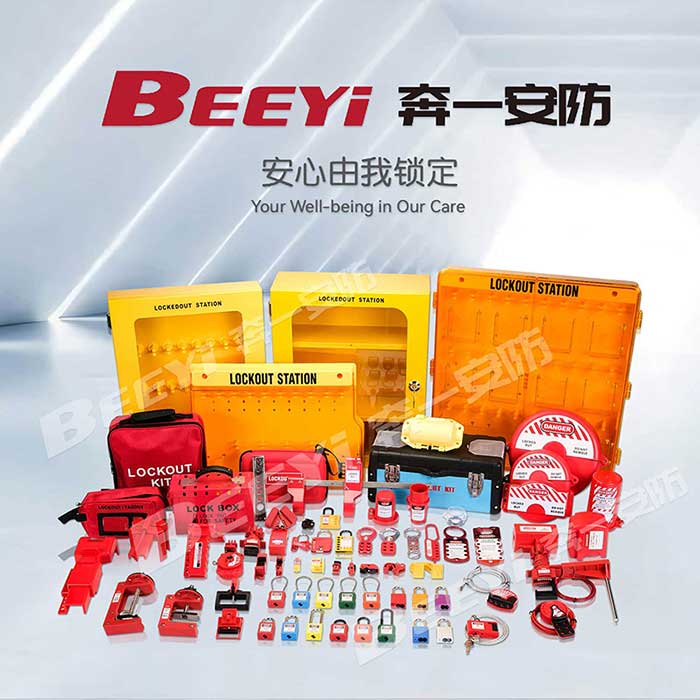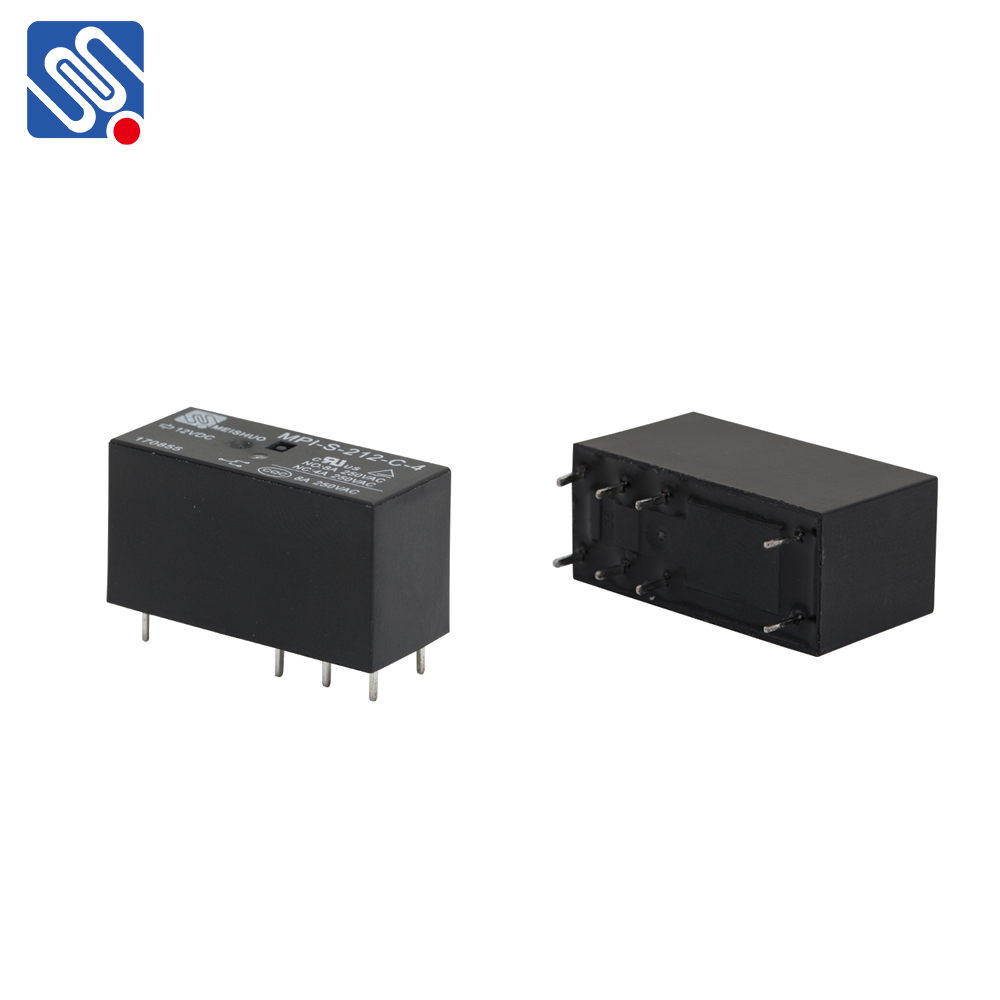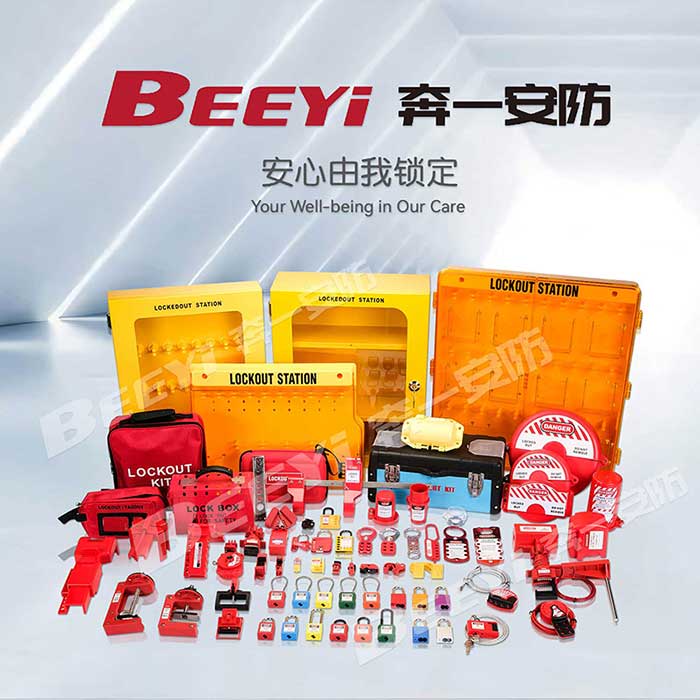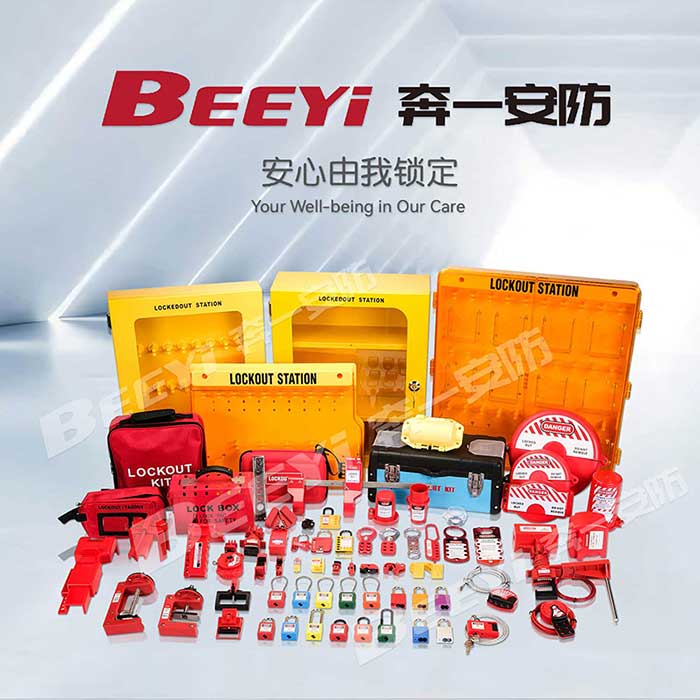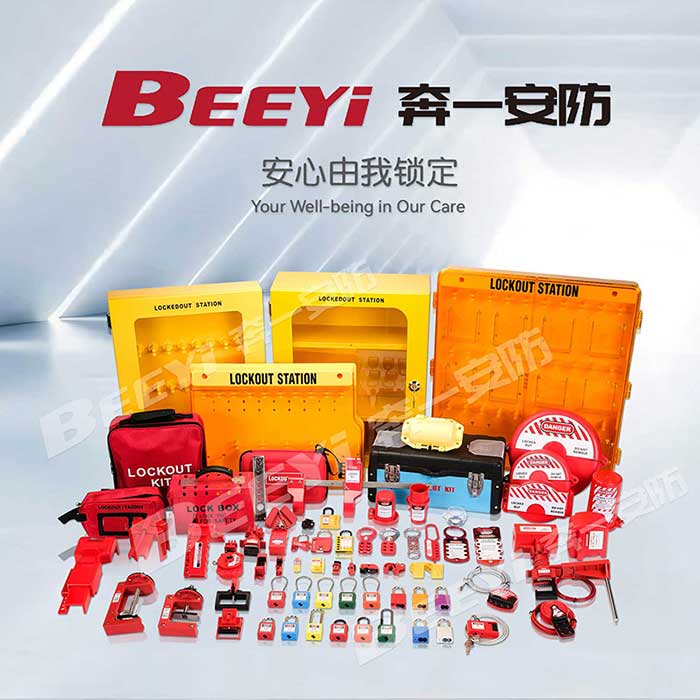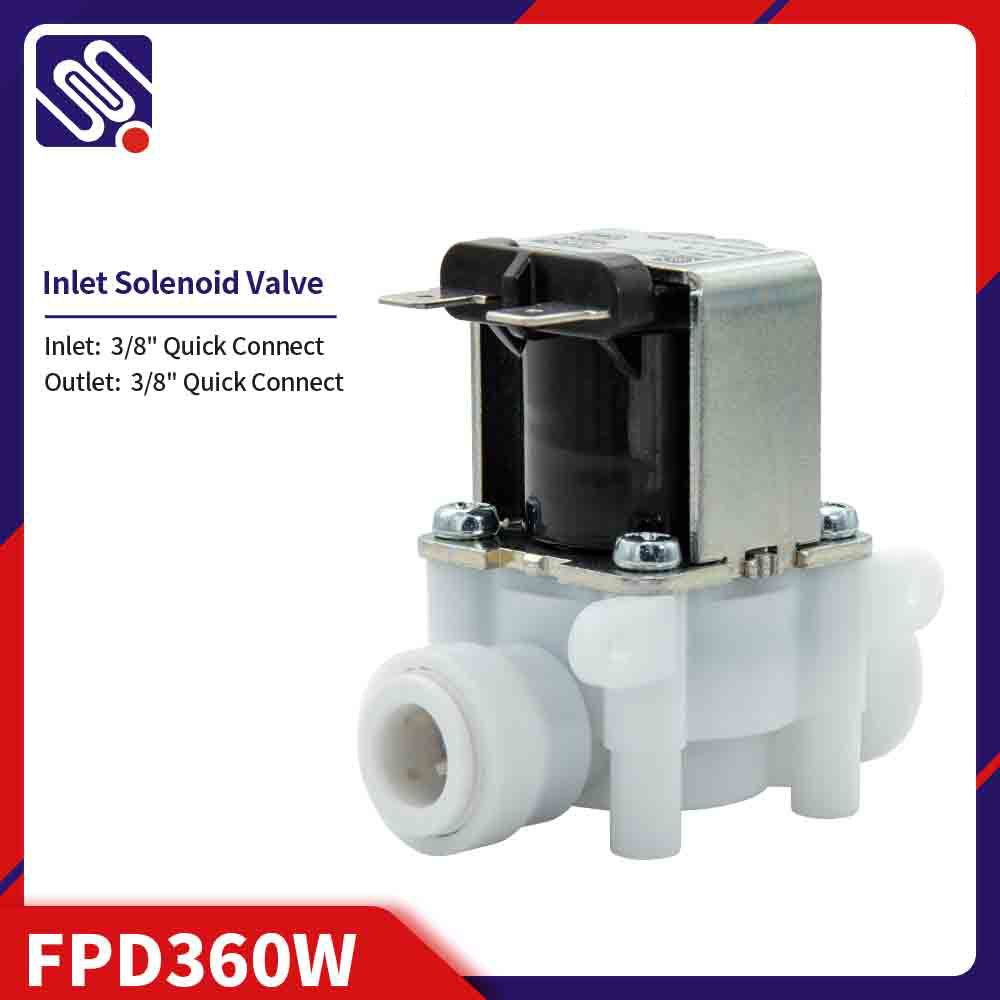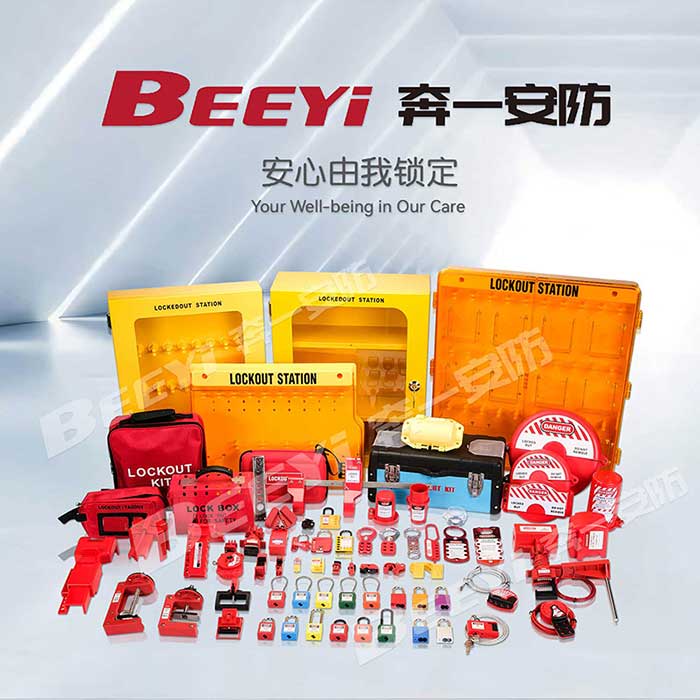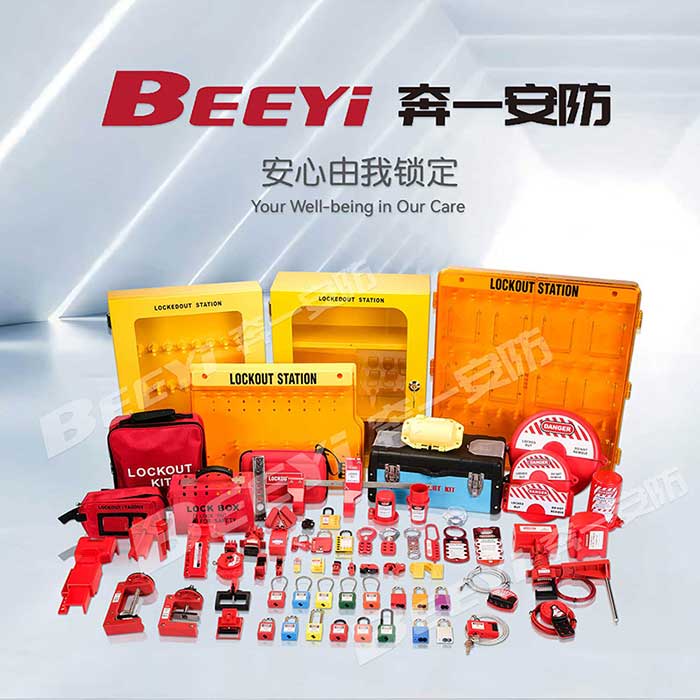In today’s industrial world, ensuring the safety of workers is paramount. One of the essential tools in achieving workplace safety is the Safety Padlock. These padlocks are used primarily in Lockout/Tagout (LOTO) procedures, preventing accidental machine startups during maintenance or repair. As such, Safety Padlock manufacturers play a critical role in providing durable, reliable, and compliant products that contribute to protecting workers from hazardous energy sources.
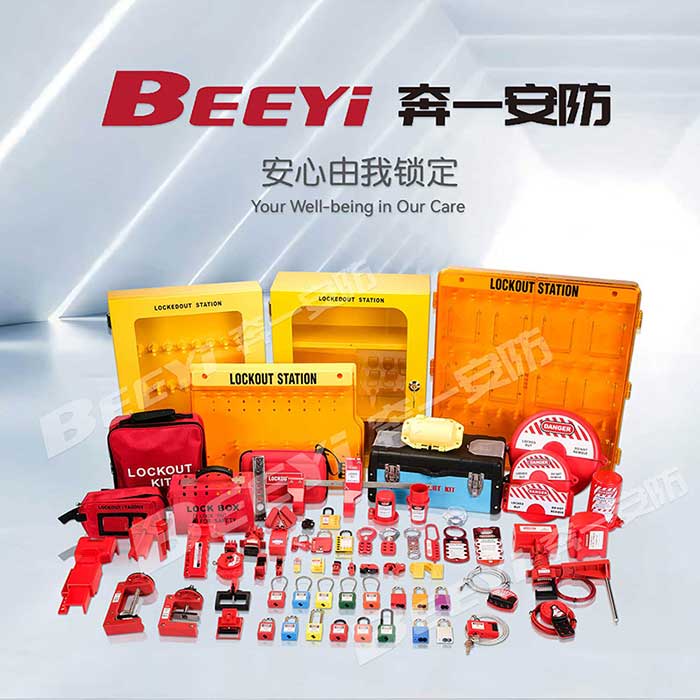
What is a Safety Padlock? A Safety Padlock is a lock specifically designed for safety applications in industries where workers may need to isolate equipment or machinery during maintenance. These locks are an integral part of LOTO programs, which are designed to ensure that energy sources are properly controlled and that workers are not exposed to risks associated with unexpected machine startup or the release of hazardous energy. The padlocks used in these programs are distinct from regular locks in that they often feature specific features, such as: Durability: They are designed to withstand harsh industrial environments.
